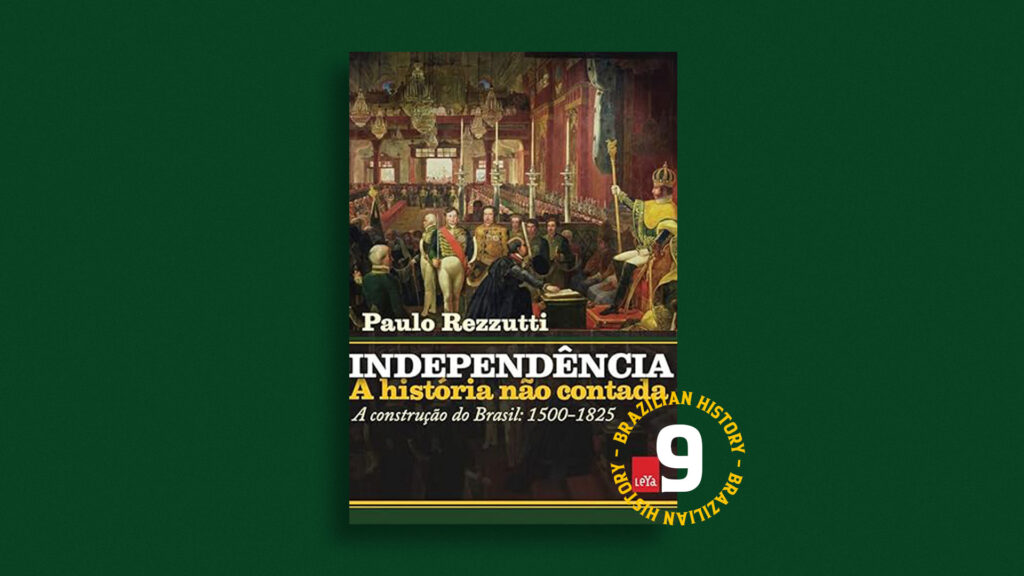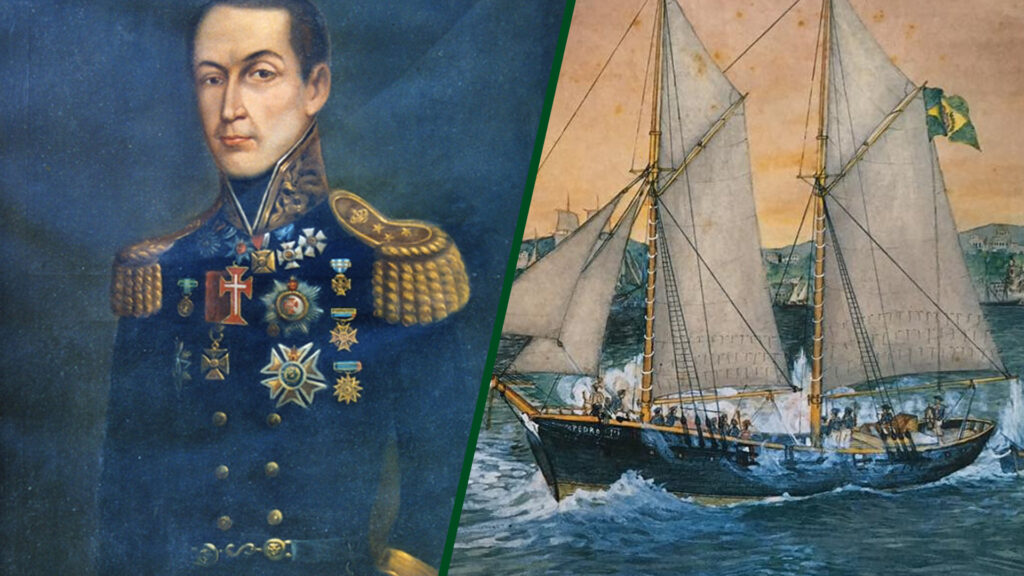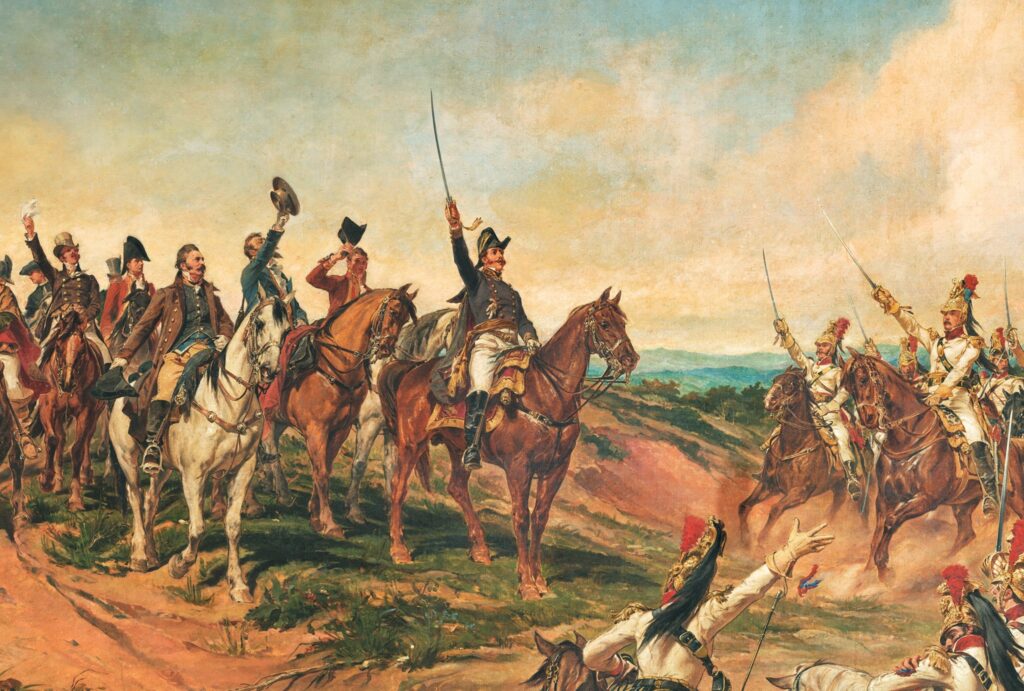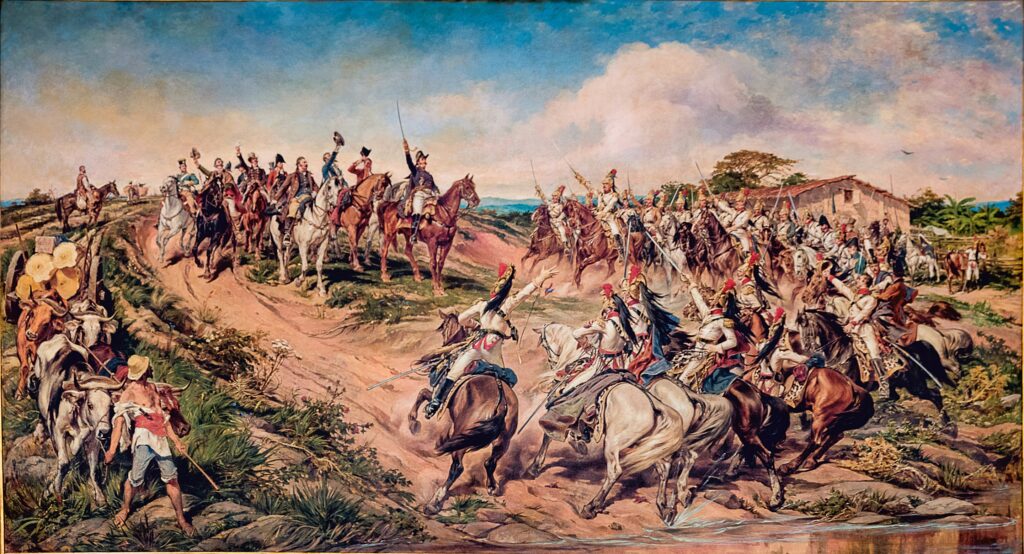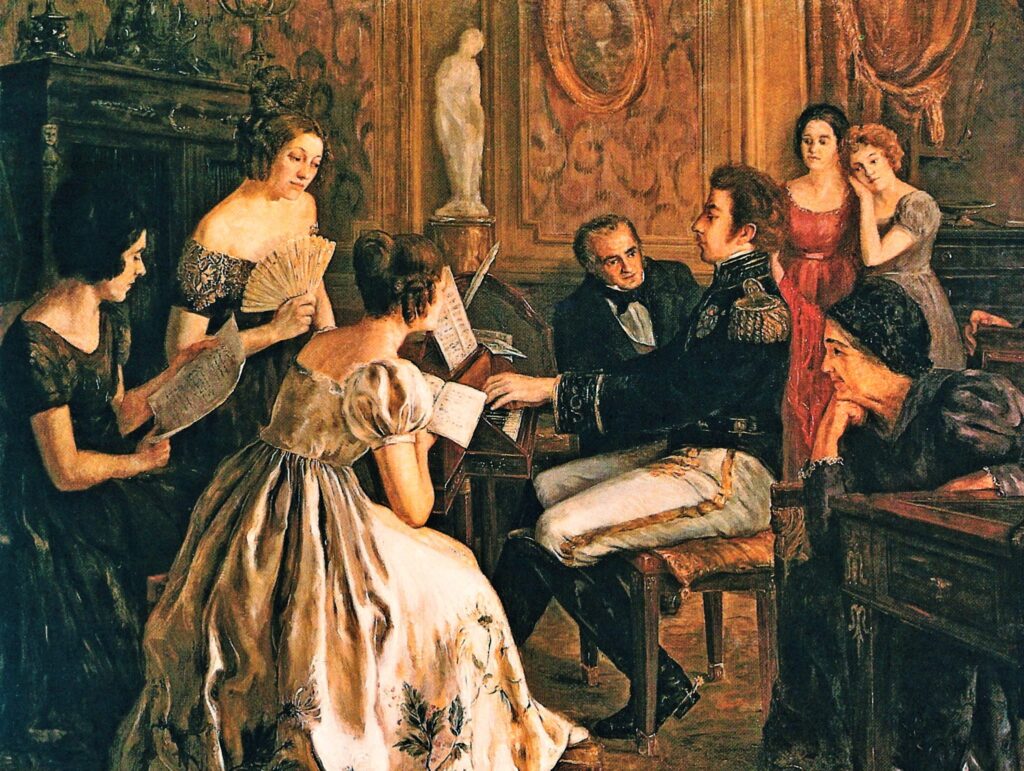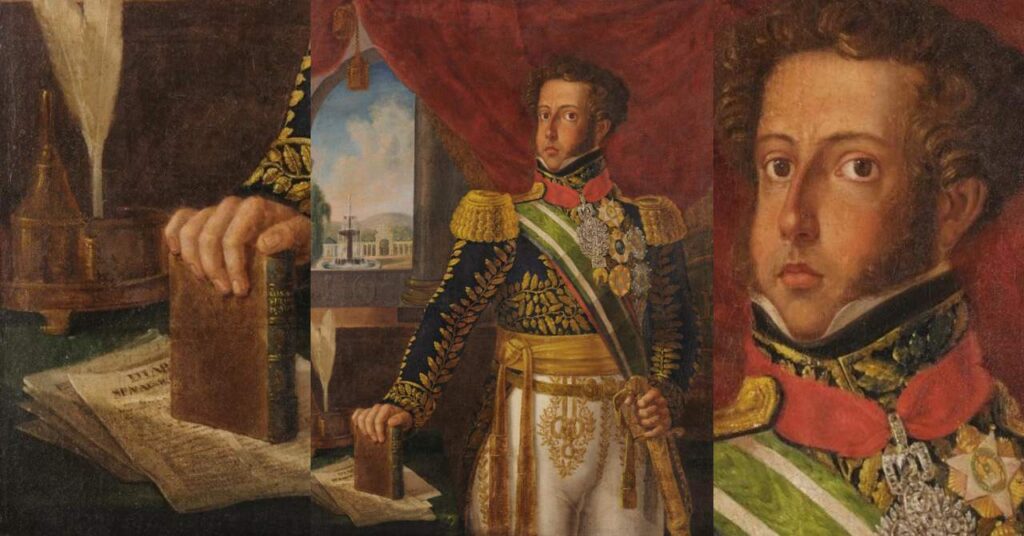
D. Leopoldina: The Untold Story – The Woman Who Engineered Brazil’s Independence | Review
The book “D. Leopoldina: The Untold Story – The Woman Who Engineered Brazil’s Independence” by Paulo Rezzutti is an account that seeks to shed light on the importance of D. Leopoldina, the archduchess of Austria and wife of D. Pedro I of Brazil, in the history of Brazil’s independence. The

